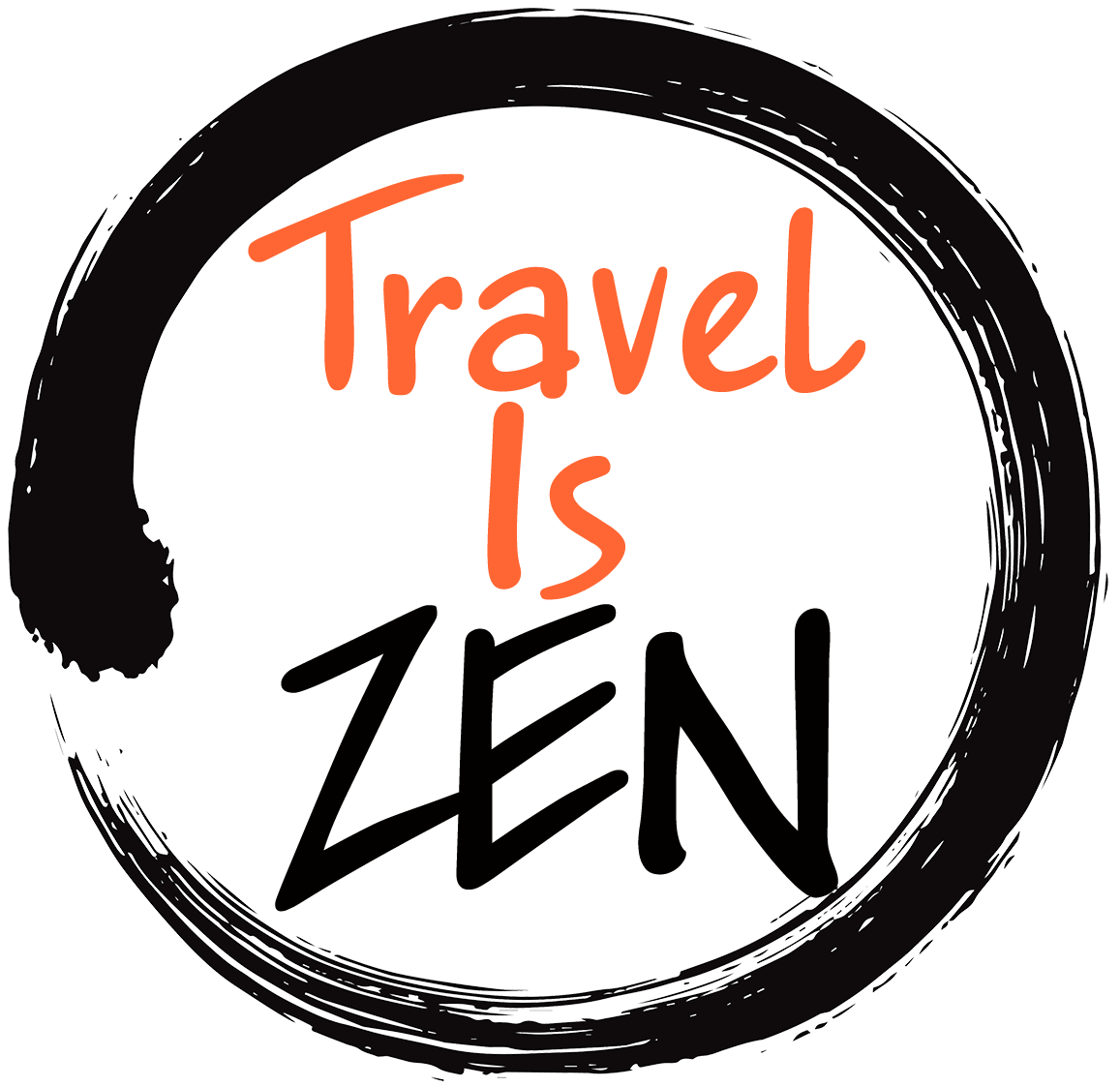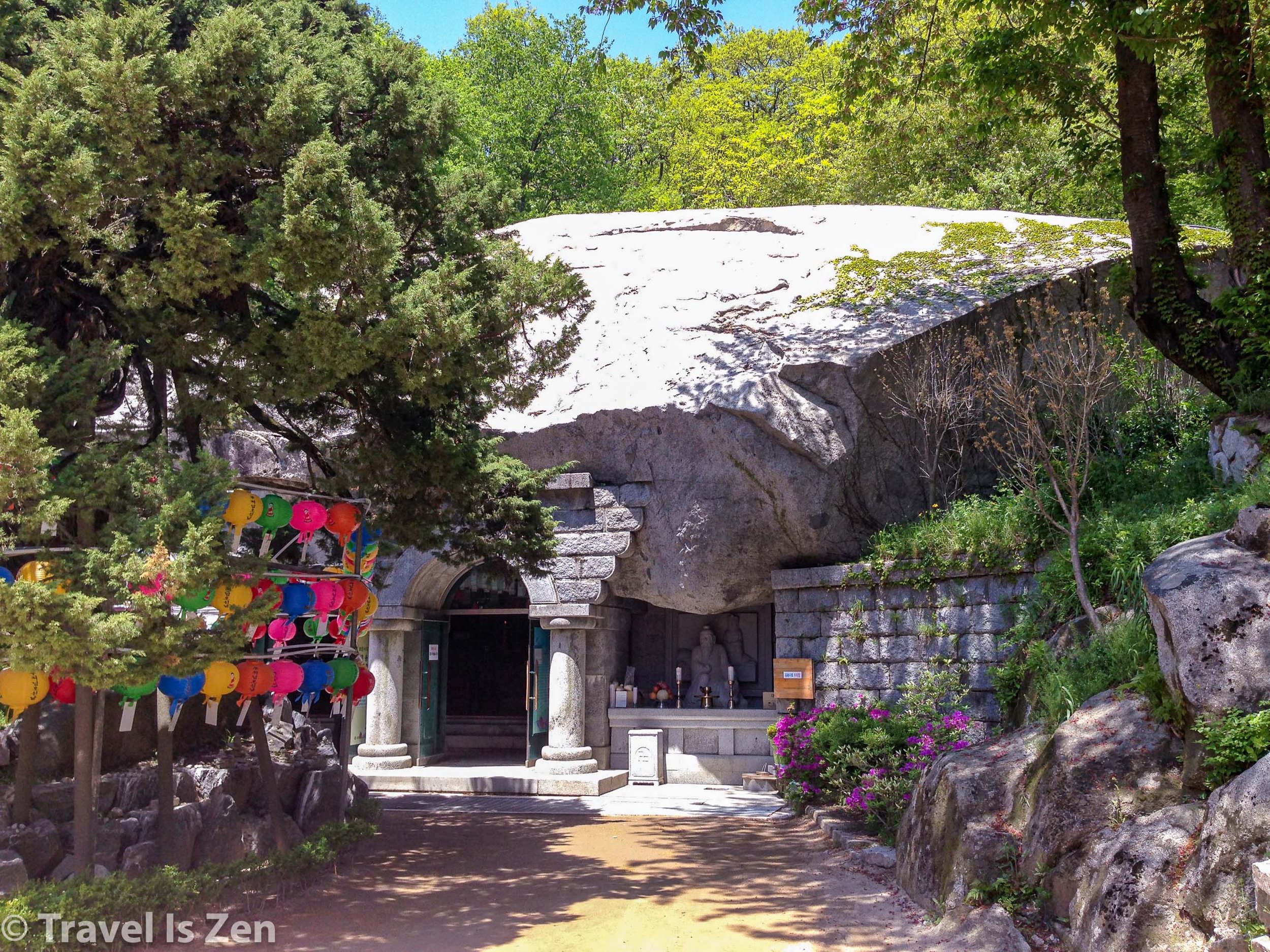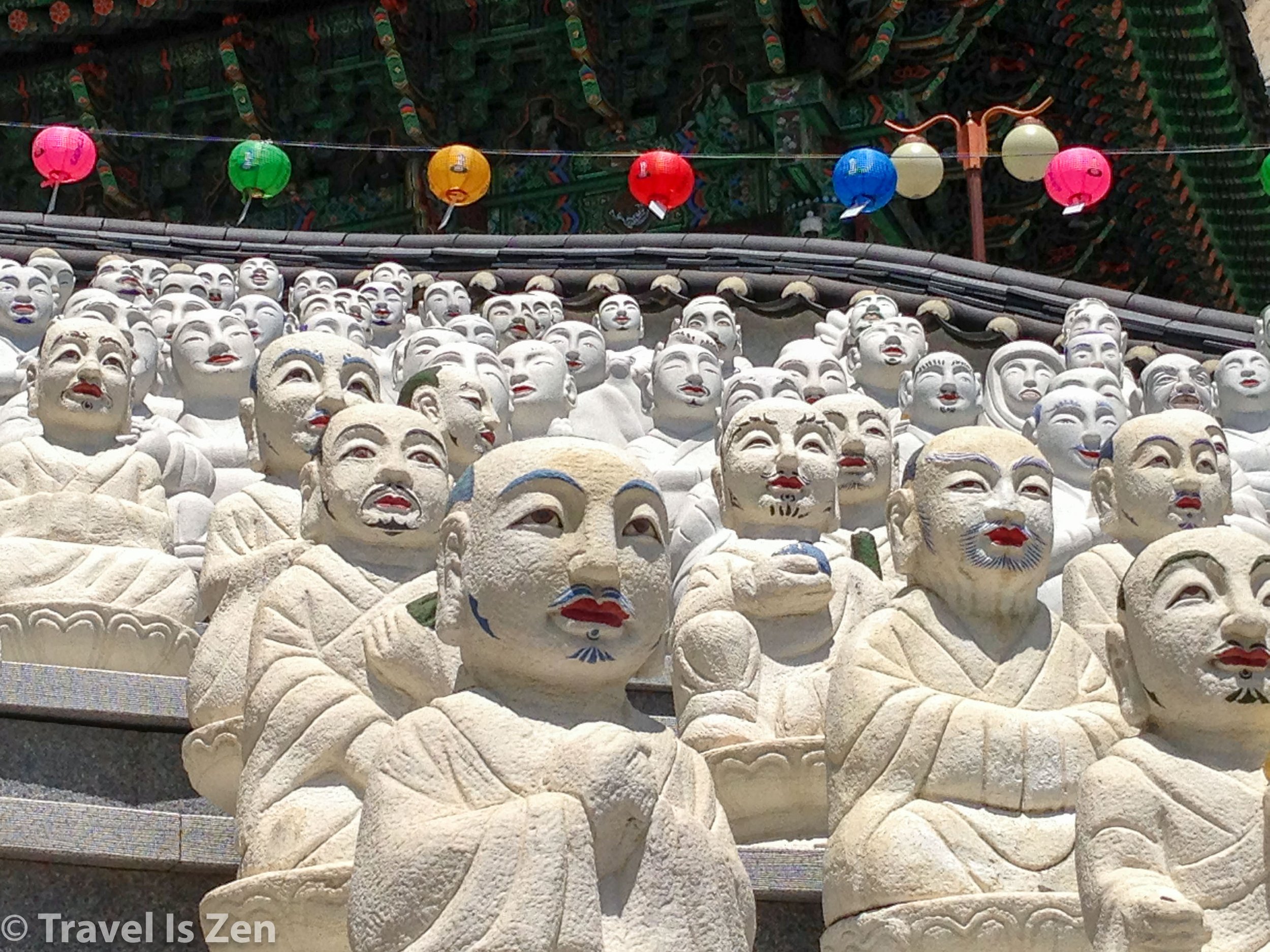Off the Beaten Path Day Trip from Seoul: Ganghwa and Seokmo Islands
There are a series of little islands just west of Gimpo that provide an escape from the sidewalks, neon lights, and crowded subways of Seoul. Ganghwa Do and its satellite islands offer fresh air and the calming beauty of temples, mountains, fields, and vast sea vistas. Island hop via ferry to walk on the paths of ancients, experience megalithic culture, and explore the scenes of long-ago battles against invading Mongols, French, and Americans in UNESCO world heritage sites. These islands are definitely off-the-beaten tourist path, but easily accessible via bus, car, and ferry.
Ganghwado - UNESCO World Heritage Site
Dolmens
Dolmens are pre-historic stone table mega-structures used for funeral or ceremonial purposes. Dolmens date back to the bronze age (~3000-1000 B.C.) and are found all over the world - but nowhere in greater density and variety than in Korea. In fact, Korea is home to over 40% of the world’s dolmens! The 150+ dolmens in Ganghwa Island are classified as UNESCO World Heritage Site No. 137. Their existence here on this resource-rich island, along with thousands of cultural artifacts (jade, stone, and bronze objects) found nearby, shows that the area once had a significant ruling class. Head to the Ganghwado History Museum and Park (강화역사박물관) to see some of the most well-preserved dolmens. The museum contains a varied collection of history, art and science exhibits, well curated and educational, with signs in both Korean and English.
Ganghwa Forts
From the Yellow Sea in the west, Ganghwa Island is Korea’s first line of defense, charged with protecting the mouth of the Han River, which flows straight to its capital city, Seoul. Around the perimeter of the island are several forts dating back centuries. They tell a fascinating story of Korean (Joseon) resistance to foreign invasions by Manchuria, Russia, Japan, France and the United States in the 1700 and 1800’s. In one incident in 1866, French troops attempted a retaliatory attack against Joseon for the execution of seven French Catholic missionaries. After six weeks of intense sea fighting, the French were forced retreat. Later that same year, a U.S. merchant ship, SS General Sherman, became stuck in the mud flats off the coast of Ganghwa during an illegal trade mission. A violent altercation between Koreans on Ganghwado and the American merchant marines led to the sinking of the ship and several deaths on both sides.
The French retaliatory attack on Ganghwa
Five years later, in May of 1871, the United States sent an expedition of five naval ships with 85 guns to Ganghwa Island to determine the fate of the SS General Sherman. When the ships entered the Han River estuary zone, which was off limits to foreign ships, Joseon military forces fired to prevent the Americans from sailing to Hanyang (modern-day Seoul), the capital of Joseon. The Battle of Ganghwa ensued at Point Du Conde. Within a day, 243 Koreans were dead and 20 were captured as the Americans planted their flag on Ganghwa. The Americans counted just 3 dead and 10 wounded. Although the United States won the battle, it would be another 10 years before Joseon would sign a trade treaty with the USA (images below are from Wikipedia).
Festivals and Souvenirs
If you can time it right, there are numerous festivals in Ganghwa-Do, such as the salted shrimp festival in October. At this time, the entire island is festive and colorful, with miles of yellow fields ablaze with rapeseed blossoms (유채와 or "you-chae-wa" in Korean). Unforgettable!
Shopping tip: When you visit Ganghwa-Do, be sure to pick up a souvenir made of rush. Hwamunsok (화문석 or "hwamunsok"), which means “flower pattern mat”, is a specialty craft of Ganghwa-Do. It involves months of diligence to cultivate the rush, cut, season, and then dye it before weaving into beautiful, durable baskets and carpets. I had a mat in my home for years.
Seokmodo Islet and Bomunsa Temple
From the western side of Ganghwado, you can drive across a bridge or take a ferry to tiny Soekmodo Islet (석모도 or "Song-mo-do"), a throwback to another era.
A narrow, winding country road leads to Bomunsa Temple (보문사). This unique temple dates back to the Shilla Era ~600 A.D. during the reign of Queen Seondeok. There’s a refreshingly cool grotto and a stadium ensemble of monk statues, each with unique features. The importance and size of the temple in its heyday is exemplified by the oversized grinding stone used to prepare meals for several hundred monks and priests in the temple’s heyday.
High above the temple, a life-size relief of the Buddha is carved into the mountainside. It’s a popular spot to pray for a son (and wealth!). Along the way, you'll be rewarded with spectacular sea vistas.
Plant yourself on a beach on the western side of either Ganghwado or Seokmodo for a spectacular sunset show before heading back to “civilization” in Seoul.


































